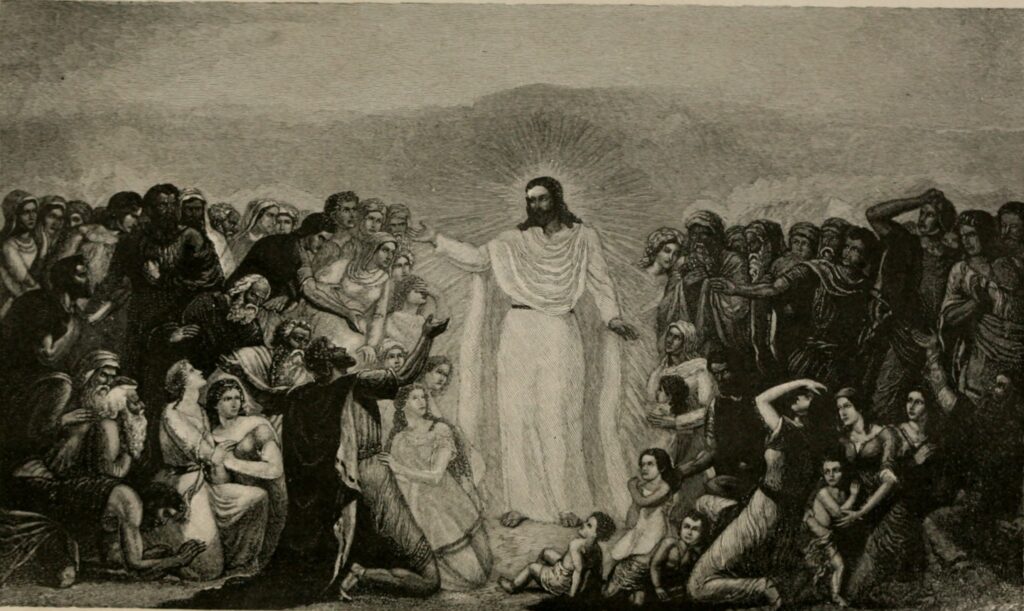
The vexed question of ‘what constitutes a religion?’ has come up from time to time in the domestic courts, most recently in R (Hodkin & Anor) v Registrar-General of Births, Deaths and Marriages [2013] UKSC 77 about the status of Scientology. Though there is no bar on someone setting up and practising his or her own ‘religion’ and no obligation to register it with officialdom, the issue is important in practical terms because registering a trust as a charity gives it several financial advantages, while the practice of religion itself is a human right protected by Article 9 of the European Convention.
In 1999, the Charity Commission of England and Wales (the regulator that approves or rejects applications to register new charities) had refused to register the Church of Scientology as a charity on the grounds that its core practices did not constitute ‘worship’ and that even if it were otherwise established for ‘the advancement of religion’, its activities were not of sufficient public benefit – and, in consequence, the Registrar General of Births, Deaths and Marriages refused to register the Church’s chapel in London as an approved venue for solemnising religious marriages. Louisa Hodkin and her fiancé wanted to marry in the chapel and took their challenge to that refusal all the way to the Supreme Court.
In the leading judgment, Lord Toulson described ‘religion’ as
‘a spiritual or non-secular belief system, held by a group of adherents, which claims to explain mankind’s place in the universe and relationship with the infinite, and to teach its adherents how they are to live their lives … Such a belief system may or may not involve belief in a supreme being’.
On that basis, the Supreme Court held that the Church of Scientology satisfied the test and that its London chapel was indeed a place of meeting for religious worship within the meaning of the Places of Worship Registration Act 1855 – and ordered the Registrar General to register it. So far as I am aware, however, despite the ruling in Hodkin and a ruling in January 2023 that parts of its buildings in London were exempt from business rates because they were used in connexion with public religious worship, the Church of Scientology has still not been registered as a charity in England and Wales – though perhaps it has not bothered to reapply.
But that was by no means the end of the story. In 2016, the Charity Commission refused to register The Temple of the Jedi Order as a charitable incorporated organisation with purposes including ‘to advance the religion of Jediism, for the public benefit worldwide, in accordance with the Jedi Doctrine’. The Commission took the view that ‘religion’ in charity law was characterised by
‘belief in one or more gods or spiritual or non-secular principles or things, and a relationship between the adherents of the religion and the gods, principles or things which is expressed by worship, reverence and adoration, veneration intercession or by some other religious rite or service’ and ‘must be capable of providing moral and ethical value or edification to the public and characterised by a certain level of cogency, seriousness, cohesion and importance’
– and it decided that Jediism failed those tests. It did suggest that there was scope for Jediism and the Jedi Doctrine to be advanced and followed as a secular belief system, but noted that, in Hodkin, Lord Toulson had excluded secular belief systems from his description of ‘religion’.
Fast forward to the 2020s, and the latest round of the ‘what is a religion’ saga has just been played out in Strasbourg, where the European Court of Human Rights has returned to the matter in two judgments: Alm v Austria [2022] ECHR Application no. 20921/21 and Sager and Others v Austria [2022] ECHR Application no. 61827/19.
The basis for the Court’s decisions in Alm and Sager was its earlier ruling in De Wilde v The Netherlands [2021] ECHR No 9476/19. Mienke De Wilde, a Pastafarian, had applied for a new driving licence and a new identity card with a picture of her wearing a colander on her head. When the domestic authorities refused her request, she took the matter to Strasbourg – where the ECtHR was equally unsympathetic, concluding that Pastafarianism was not a ‘religion’ or ‘belief’ within the meaning of Article 9 and that Article 9 could not apply to the Church of the Flying Spaghetti Monster or its followers. Therefore, said the Court, on the facts her complaint was incompatible with the provisions of the Convention.
In Alm, the applicant was refused permission to wear a ‘pasta crown’ on the photograph for his identity card and passport. The ECtHR noted that, although the concept of ‘religion or belief’ in the sense of being protected by Article 9 of the Convention (freedom of thought, conscience and religion) had to be interpreted broadly, that did not mean that all opinions or convictions were to be regarded as religious or philosophical positions. Further, the Court had previously concluded in De Wilde that Pastafarianism was not to be regarded as a ‘religion or belief’ within the meaning of Article 9. So in the present case, the Court saw no reason to hold otherwise and the complaint was therefore incompatible with the provisions of the Convention within the meaning of Article 35(3).
The Court took a similar line in Sager in relation to the complaint under Article 9. As to the additional complaint under Article 11 (freedom of association), it rejected the applicants’ claim that they had been prevented from freely associating as a confessional religious community and enjoying the benefits of that status because – unjustifiably – Austria only granted it to ‘religious’ communities and not to non-religious ideologies. The Court reiterated that Article 11 did not give associations a right to any specific legal status and that the applicants had, in fact, successfully established a (non-religious) association under Austrian law in 2015. The Court had confirmed in De Wilde that where a state had created a privileged status for religious communities, it had to apply the criteria for acceptance in a non-discriminatory manner and give religious groups a fair opportunity to apply for that status. But because Pastafarianism did not constitute a ‘religion’ within the meaning of the Court’s case‑law, Article 11 of the Convention did not apply in its case. It followed that the complaint was manifestly ill‑founded, and the Court rejected it.
Derk Venema and Niko Alm have previously criticised the approach of the ECtHR on several grounds. The criticism that chimes most insistently with me is the concept of ‘invented religions’: that a religion that has been ‘made up’ by its adherents cannot be serious or worthy of respect. Pastafarianism and Jediism are the extreme cases: the first began as a spoof in reaction to the rise of the Intelligent Design movement, while the second came to public attention in 2001 when almost 400,000 people recorded their religion as ‘Jedi’ on the UK Census. But lots of religions that are now fully accepted were ‘invented’ at some point.
The Church of Scientology began life as recently as the 1950s, while the Latter-day Saints were first organised by their prophet, Joseph Smith, in 1830: before that, they simply did not exist. The Quakers emerged in the mid-17th century and were routinely persecuted and imprisoned by the authorities, most commonly on charges of blasphemy and the non-payment of tithes. Even in the case of Christianity itself in the wider, non-denominational sense, it was not clear until the middle of the first century, when the Council of Jerusalem, as described in Acts 15, considered the matter in some detail, that it was going to be a distinct religion it itself rather than a reformist movement within Judaism. Or again: there was no Islam before Muhammad, no Buddhism before the Buddha.
So is ‘madeupness’ a valid or useful criterion for evaluating the validity of a religion or life-stance? I would suggest not: at the very least, courts – and not only the ECtHR – should reject a new or unfamiliar religion only after considerable and anxious forethought. Probably the test case is the Church of Jesus Christ of Latter-Day Saints: it was undoubtedly invented by (or, as Mormons would put it, revealed to) Joseph Smith, but surely no-one nowadays would dispute its cogency, seriousness and cohesion – whatever view they might take of the truth or otherwise of its doctrines. And in any case, as Mienke de Wilde and Paul Cliteur point out:
‘What is it called when you really, really, really believe in secularism? Can you hold these views and morals so dearly that they become sacred to you? … what if someone’s secular worldview is so firmly held that he believes he needs to adopt a fitting religion to practise, preach and teach that secular worldview in the best possible way? Should he not have the right to practise his worldview freely if – with this religion of practising secularity – he does no harm to others?’
Indeed: how could he or she not have that right?
Whether or not Pastafarianism should be protected as a ‘religion or belief’ under Article 9 remains arguable, but I would suggest that, at the very least, domestic authorities should be very, very careful how they apply the test of ‘cogency, seriousness, cohesion and importance’. One person’s ‘cogent and serious’ belief may be another person’s fairy-tale. And at least one common law jurisdiction, New Zealand, has two officially registered Pastafarian marriage celebrants, one in Wellington and the other in Auckland.
But perhaps the last word should rest with Niko Alm himself, who suggests in his latest comment on his case that the approach of the Austrian Department of Religious Affairs to the issue has been totally irrational:
‘The simpler, cheaper and more elegant decision would have been to simply accept what is worthy and right: to allow the pasta crown in the identity card. The only person who would have made a fool of himself would have been me.’
Further reading on Pastafarianism and its challenge to established religion:
Religious Privilege 2 : 0 Pastafarians, by Niko Alm
Flying spaghetti monsters, by Emma Park (for the New Humanist)
The secular religion of the Church of the Flying Spaghetti Monster, by Paul Cliteur and Mienke de Wilde
Judging the Flying Spaghetti Monster, by Derk Venema and Niko Alm
Pastafarian Month at the Freethinker
Enjoy this article? Subscribe to our free fortnightly newsletter for the latest updates on freethought.


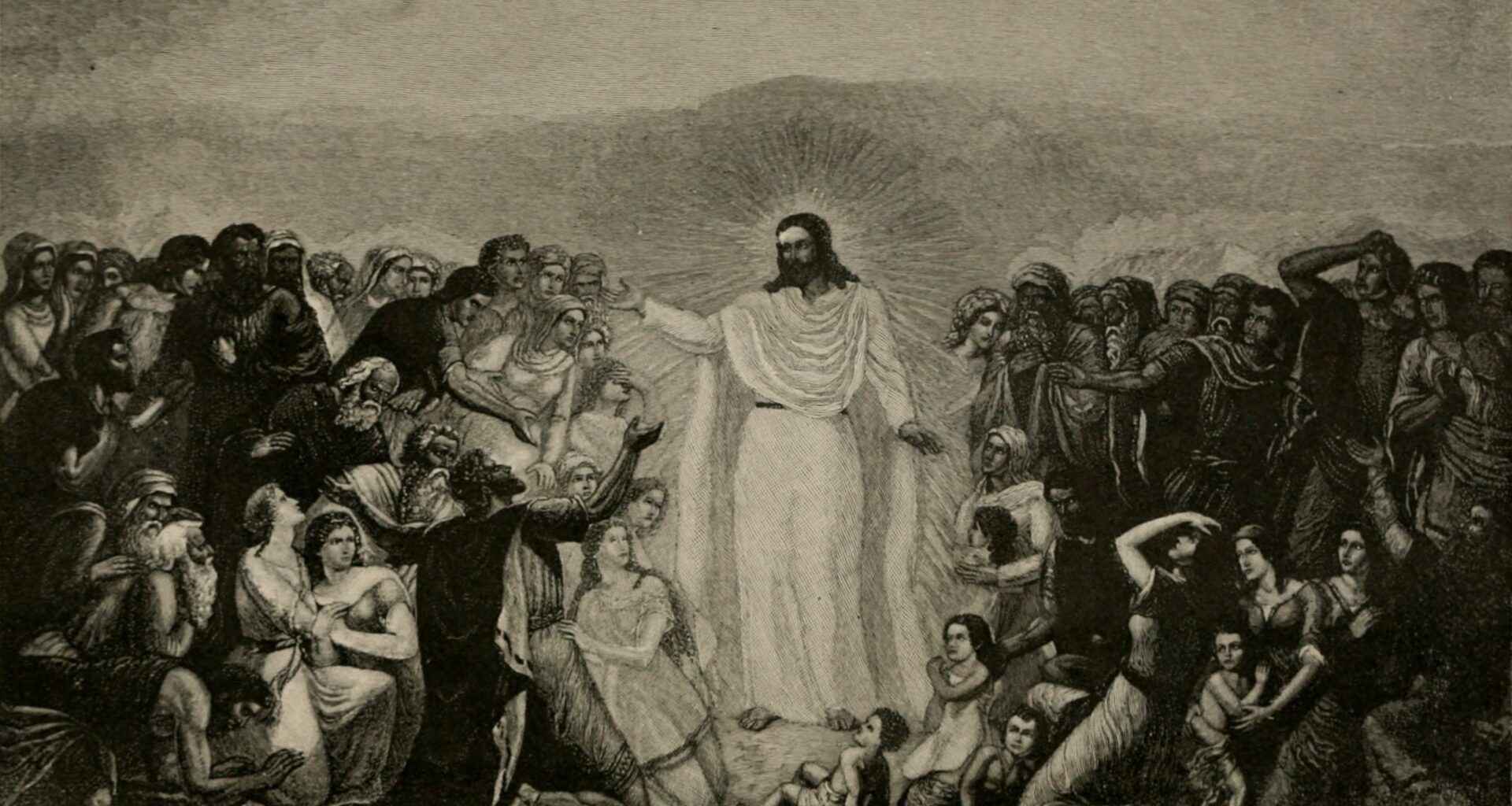
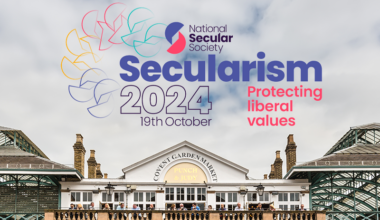
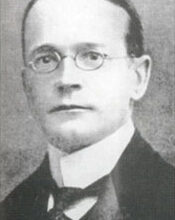

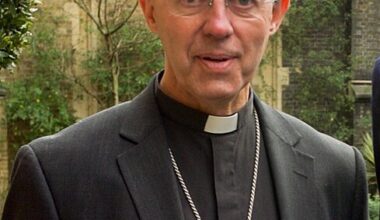


Your email address will not be published. Comments are subject to our Community Guidelines. Required fields are marked *
Donate